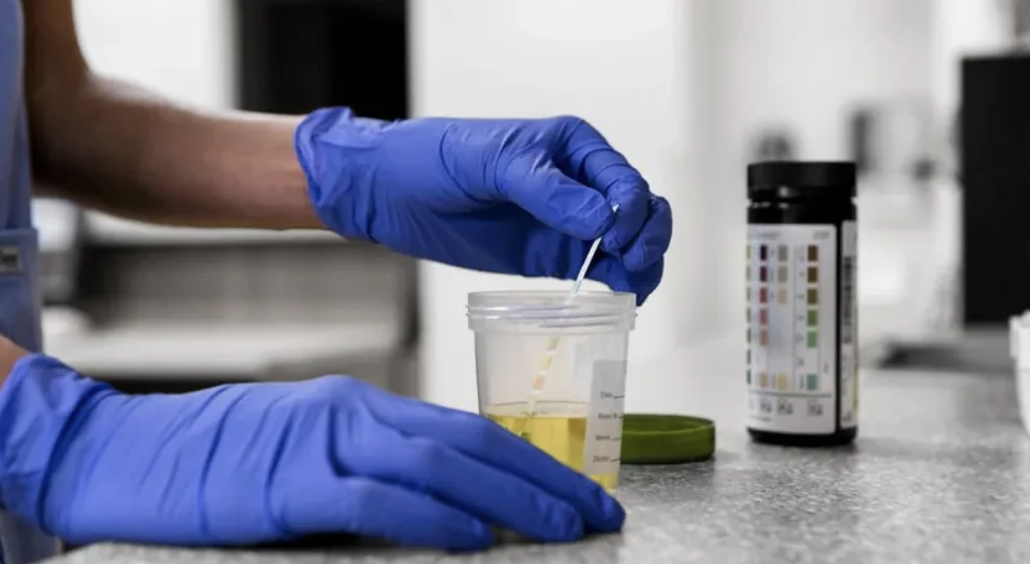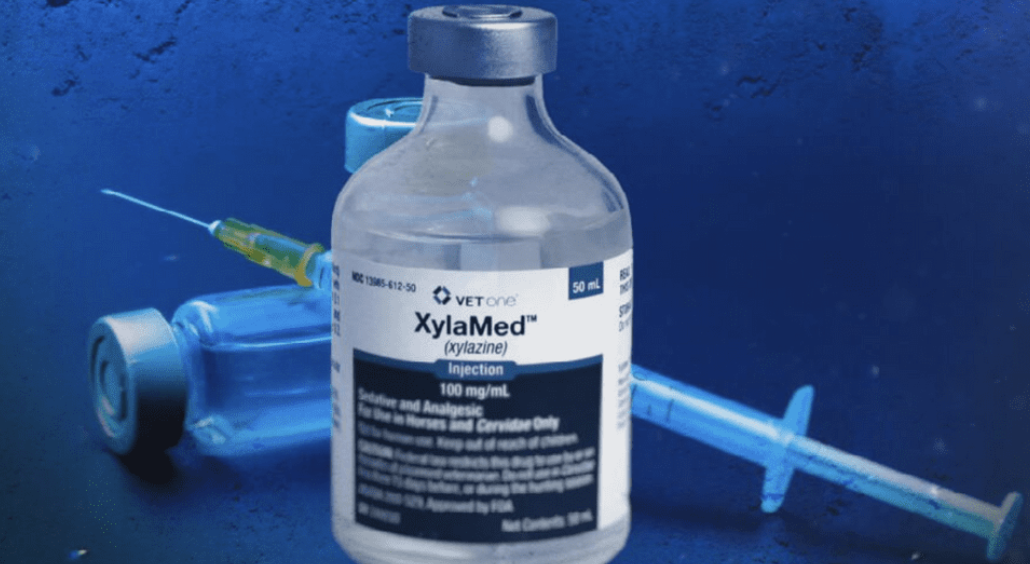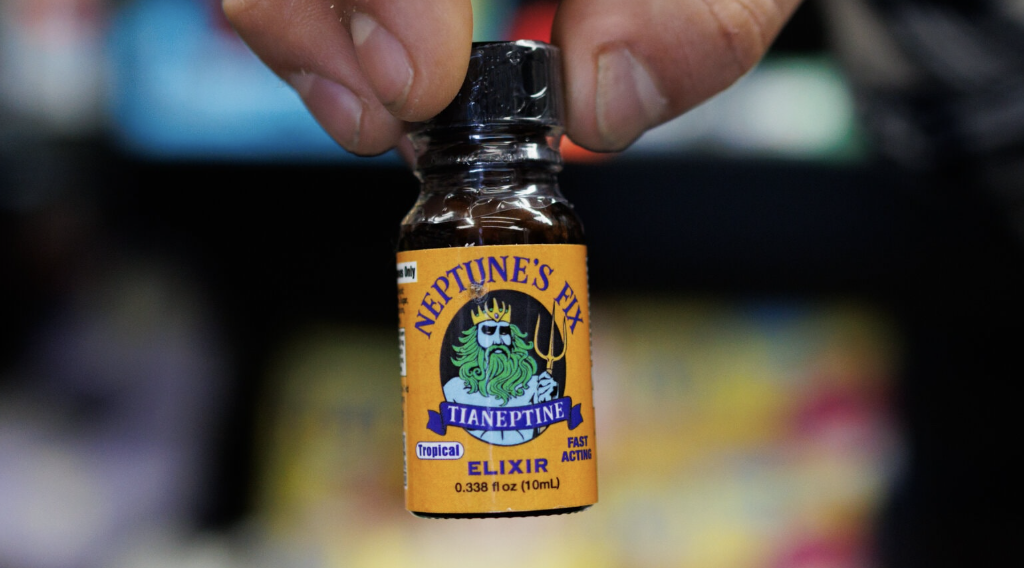Remote drug testing lets you collect samples from the comfort of your home or wherever you are, using technology to ensure accurate and reliable results. In this guide, we’ll explain how it works, its advantages, who can benefit from it, and the types of tests available.
Key Takeaways
- Remote drug testing utilizes technology for sample collection and monitoring, offering convenience and flexibility compared to traditional lab testing.
- This approach is widely adopted by telehealth clinics, employers, and court systems, providing a compliant solution for substance use monitoring while reducing stigma and costs.
- Key considerations for selecting a remote drug testing provider include technology reliability, compliance with regulations, and maintaining a secure chain of custody to ensure legal validity.
What is remote drug testing and how does it work?
Remote drug testing is a modern approach that allows individuals to provide samples from their own locations, leveraging technology to ensure security and accuracy. Unlike traditional lab environments, this method enables testing in various convenient locations – from your home to your remote office – and often follows similar steps outlined in our guide to UA testing.
This innovative method involves at-home kits for sample collection, video supervision to ensure compliance, and secure online platforms to create result delivery. Imagine using a video conferencing tool or a specialized app to guide your team through the process, ensuring every step is monitored and authenticated. You can also visit the online platform to schedule additional resources.
This blend of technology and convenience makes remote drug testing a game-changer in various fields.
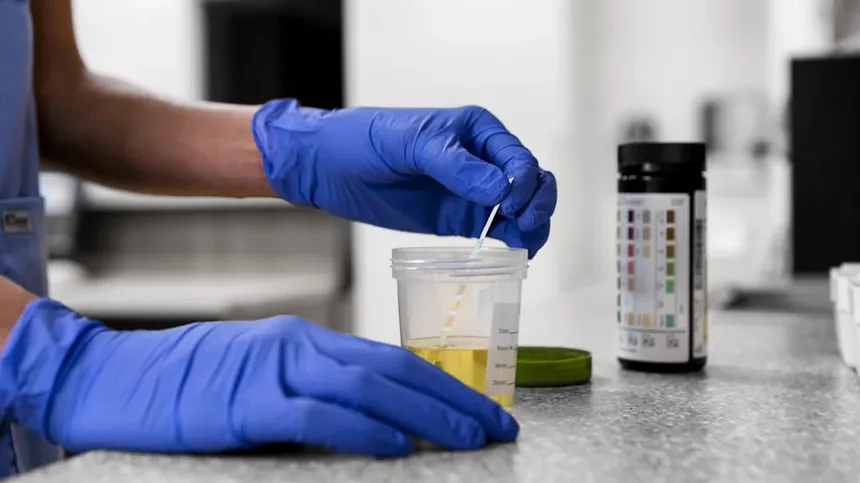
Definition and key components
Remote drug testing involves conducting drug tests outside traditional lab environments, enabling sample collection in various convenient locations. The key components include:
- The use of digital platforms for sample collection and monitoring
- The deployment of oral-fluid tests Technology plays a crucial role by:
- Ensuring secure data transmission
- Providing video monitoring to maintain compliance.
The process typically involves a combination of sample collection, analysis, and reporting, ensuring confidentiality and reliability. Whether it’s urine, sweat, or breath tests, remote drug testing employs standardized procedures and adheres to regulatory guidelines. This approach is particularly beneficial in remote working environments, reflecting a shift towards more accessible and less stressful testing conditions.
How test samples are collected and validated remotely
Participants collect samples by following video-guided instructions or using specially designed apps to ensure proper handling and submission. The entire process is monitored via video to verify the integrity of the collection, ensuring that the sample is not tampered with. For instance, devices like the OneDraw allow for the successful collection of blood samples at home, achieving high rates of sample return and acceptance.
The stability of dried blood samples during transit enables reliable analysis without the need for healthcare professional involvement. User feedback indicates that remote blood collection devices are generally preferred over traditional methods due to lower perceived pain and ease of use. This ensures standardized results and maintains the sample’s authenticity.
Remote vs. lab-based testing
Remote drug testing typically offers several advantages over lab-based testing:
- Faster results due to the direct shipment of samples from the individual’s location to the testing facility.
- Speed is crucial for projects requiring quick feedback, making remote testing suitable for various urgent needs.
- Allows individuals to collect samples in their own environment, which may lead to increased participation and more genuine interactions.
Lab-based testing, on the other hand, provides a controlled environment, minimizing outside distractions and enabling closer observation. It is ideal for collecting detailed data, often necessary for in-depth product analysis and ensuring the highest accuracy standards.
Combining remote and lab tests can provide a comprehensive view of usability by balancing broader insights with detailed findings, making the most of both methods’ strengths. A review of remote testing eliminates location constraints, allowing for a broader participant pool and varied user input.
However, the controlled environment of lab-based testing can sometimes be necessary to ensure the highest levels of oversight and precision. Ultimately, the choice between remote and lab-based testing depends on the specific needs of the situation, balancing convenience and control.
Who uses remote drug testing and why?
The rise of telehealth has led to increased interest in remote drug testing, allowing for more accessible care and monitoring of substance use disorders. This method is widely used by telehealth clinics, employers, court systems, and individuals who value flexibility, privacy, and compliance.
Employers find remote drug testing particularly beneficial in managing remote workforce substance use monitoring, reducing travel costs and time associated with traditional testing methods. Telehealth clinics use it to enhance patient care and reduce stigma, while court systems utilize it for probation, child custody, and diversion programs, ensuring compliance with legal mandates.
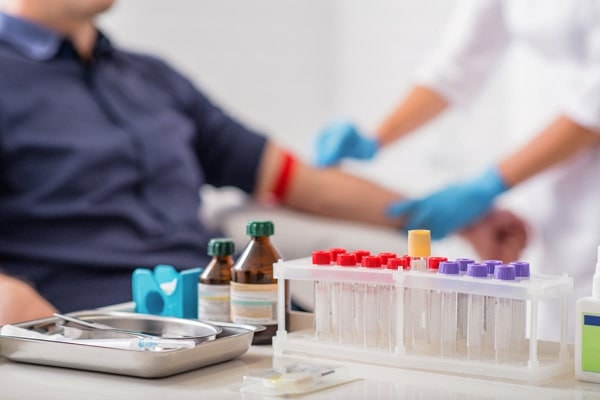
Remote drug testing in addiction treatment and recovery
Remote drug testing plays a crucial role in the treatment of substance use disorders, offering a more comfortable and accessible way for patients to adhere to monitoring requirements. Telehealth facilitates access to addiction treatment by allowing patients to receive care from home, especially for conditions like opioid addiction, which can reduce stigma and enhance privacy. Combining telehealth with other treatment methods, such as Medication-Assisted Treatment (MAT) programs that include medications for Suboxone addiction, can improve outcomes for individuals with substance use disorders.
Regular screening during telehealth sessions helps monitor patients’ risks and ensure continuity of care. For example, telehealth providers like Firepit Health use remote drug tests to ensure adherence and reduce clinic visits, making the treatment process more convenient and less stressful for patients.
Use in employment and remote workforce management
Remote drug testing helps employers efficiently manage substance use monitoring for employees working remotely, reducing travel costs and time associated with traditional testing methods. A significant number of remote workers have reported consuming alcohol during work hours, highlighting the need for drug testing in remote settings.
Employers use at-home kits monitored through video conferencing to ensure testing integrity while maintaining employee privacy. Implementing random drug tests helps deter substance use and promotes a culture of safety and accountability among remote employees.
Employers must also navigate varying state laws regarding drug testing, especially in states where marijuana use is legal.
Legal and court-mandated drug testing
Remote drug testing serves as a viable option for fulfilling legal and court mandates for drug screenings, providing a convenient and effective solution for compliance. Court-ordered drug tests can include various contexts such as DUI offenses, child custody cases, and probation requirements.
Employers are allowed to drug test employees who are returning from furlough, treating them similarly to new hires. Regulated industries, especially those governed by the Department of Transportation, must adhere to specific drug testing regulations.
Protocols for drug testing in court cases often include procedures that are performed to ensure the chain of custody to prevent tampering.
What types of tests are available remotely?
Remote drug testing primarily employs urine, saliva, sweat, and hair samples for substance detection. Various types of tests supported remotely include 5-panel, 10-panel, DOT tests, saliva, urine, and hair testing, each catering to different use cases.
These tests vary in their application, with some being more suitable for immediate detection and others providing a longer detection window. Understanding the differences in use case helps determine the most appropriate test type for specific needs.
Substances detected
Commonly detected substances in remote testing include:
- Marijuana
- Cocaine
- Opiates
- Opioids
- Amphetamines
- Benzodiazepines
- Alcohol
Urine tests, a common method in remote testing, can detect urine drug use for several days after ingestion through urine testing.
Sweat patch testing is a less intrusive method that continuously monitors for drugs over time. Remote drug testing can also identify prescription medications like benzodiazepines and barbiturates, making it a comprehensive solution for substance detection.
Detection windows and accuracy
Detection windows for various substances can range from a few hours to several days, or even a week, depending on the type of test used and the substance’s metabolism. For example, urine tests can detect marijuana for up to 30 days after use.
Oral fluid tests generally exhibit a shorter detection window compared to urine tests, which can impact the identification of drug use over time. The accuracy of remote oral fluid testing can vary significantly depending on the substance being tested — for example, many people ask whether Suboxone will show up in a drug test, which depends on the method used.
What are the pros and cons of remote drug testing?
Remote drug testing can enhance workplace safety by ensuring employees are not under the influence of substances that could impair their performance. It can also enhance workplace efficiency by reducing absenteeism and increasing productivity. However, it’s essential to evaluate both the advantages and limitations to make an informed decision.
From a clinical perspective, remote drug testing offers faster results and greater access, while from a user perspective, it reduces stigma and lowers cost. Legally, there are challenges related to sample integrity and admissibility, which must be carefully considered.
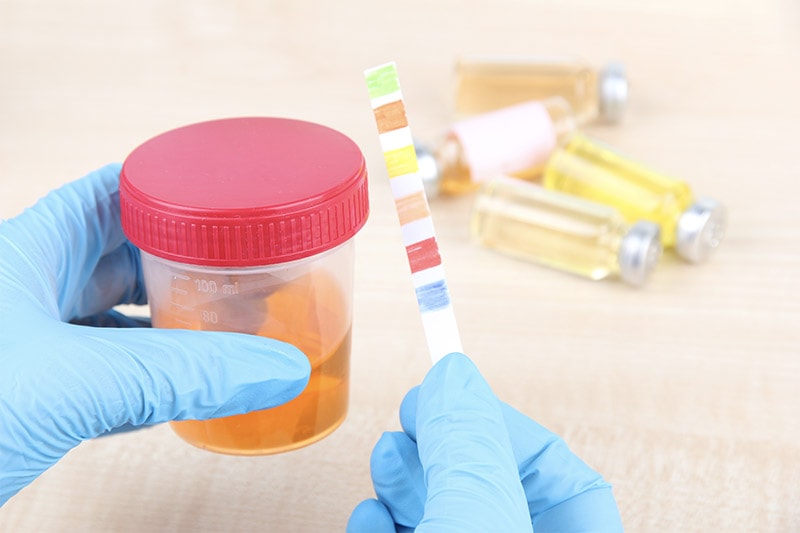
Advantages of remote drug testing
Implementing remote drug testing can foster a culture of accountability among employees, as awareness of potential testing can deter substance use. This testing method allows for immediate results, facilitating quicker hiring processes and timely responses to safety incidents. Remote drug testing significantly minimizes downtime for employees, allowing them to continue their work without traveling to an off-site facility.
The benefit of remote testing includes:
- Reducing the chances for employees to tamper with samples, thereby enhancing the reliability of test results.
- Offering flexibility in scheduling tests at times that best suit operational needs, including after hours.
- Eliminating the need for employees to travel for testing, which reduces potential liability risks associated with accidents during transit.
Limitations and risks
Some employees might view remote drug testing as an invasion of privacy, leading to a negative impact on trust within the workplace. The financial burden of drug testing can be significant, especially for organizations with large remote teams requiring frequent tests.
There are varying legal challenges associated with drug testing across different states, complicating compliance for remote employees. Some remote drug tests may have challenges with ensuring the integrity of samples, leading to concerns about accuracy.
The legal acceptance of approved remote drug testing results can be questioned, especially in disputes or court cases.
How to choose a remote drug testing provider
Selecting the right provider for remote drug testing is crucial for ensuring accuracy, compliance, and a smooth user experience. Evaluating potential vendors involves considering the following factors:
- Technology reliability and user experience
- Compliance with industry standards and certifications
- Test accuracy
- Platform features
- HIPAA/SAMHSA compliance
- Customer service
- Pricing
In addition, providers should offer secure data handling to protect personal information during the testing process. Ensuring these criteria are met helps maintain the integrity of the testing process and the trust of those being tested.
Top remote testing platforms and labs
Some leading platforms in remote drug testing include:
- LabCorp, known for its credibility and comprehensive services
- Quest Diagnostics, known for its credibility and comprehensive services
- Everlywell, known for its credibility and comprehensive services
- eRAMx, which offers a 24/7 live remote drug testing solution, catering specifically to pre-employment and random testing.
eRAMx integrates with any drug testing kit or device, enhancing its flexibility for various testing needs. Their proactive communication and partnership approach make them a reliable choice for post-accident and reasonable suspicion testing.
Key features to look for
When choosing a remote drug testing provider, look for essential features such as:
- Fast result turnaround times
- Integration with electronic medical records (EMR)
- Certified lab partnerships
- Video observation and verified sample collection to ensure the integrity of the process
- Mobile support and EMR integration to enhance accessibility and efficiency.
Providers should also offer secure data handling and maintain compliance with industry standards to protect personal information and ensure legal validity. These features collectively contribute to a reliable and efficient remote drug testing experience.
Are remote drug tests legally valid?
The legal validity of remote drug tests hinges on strict adherence to established protocols to ensure results can be used in court. It’s essential to maintain a documented chain of custody and ensure compliance with federal regulations like those set by SAMHSA, DOT, and HIPAA.
Understanding the legal landscape and ensuring all procedures are followed meticulously can make remote drug testing a legally valid and reliable option for many contexts, including employment, legal, and clinical settings.
Chain of custody requirements
Maintaining a chain of custody is crucial, as it tracks the sample from collection through analysis, ensuring its integrity and admissibility in legal contexts. This process involves documenting every step, from collection to analysis, to prevent tampering and ensure the sample’s credibility.
Remote drug tests often require an observed collection method to preserve the chain of custody and prevent sample tampering. Robust logistics, including secure transportation and tracking of samples to certified laboratories, are essential for maintaining a detailed log.
Compliance with SAMHSA, DOT, and HIPAA
Remote drug testing must comply with regulations set by SAMHSA and DOT, as well as HIPAA privacy standards, to ensure legal and ethical integrity. Top providers adhere to these standards, ensuring that their processes are both legally valid and ethically sound.
By meeting these federal standards, remote drug testing providers can offer services that are both reliable and compliant, ensuring that test results are accepted in various legal and clinical contexts.
How to prepare for a remote drug test
Preparing for a remote drug test involves a few key steps to ensure the process goes smoothly. First, keep the testing kit unopened and stored in a controlled environment until your appointment. Follow the instructions carefully to avoid common mistakes and ensure the sample’s integrity.
Being well-prepared can help you navigate the process efficiently, from receiving the test kit to submitting the sample correctly, ensuring accurate and reliable results.
Step-by-step guide
The process begins with:
- Receiving an unmarked drug testing kit delivered to your home, which should remain sealed until your video appointment.
- During the video appointment, showing the urine cup to the clinician.
- Proceeding to the bathroom to collect your sample.
Once in the bathroom:
- Fill the cup to the minimum line required for testing.
- After completing the test, show all four sides of the sample cup to the clinician during the video call.
- Seal the sample and mail it to the lab for analysis.
Common mistakes to avoid
One mistake to avoid is opening the sealed testing kit before your scheduled appointment, as this could compromise the test’s integrity. Ensure that the urine sample meets the minimum fill line; failing to do so can lead to an invalid test result.
It’s also important to keep the test kit in a controlled environment, as extreme temperatures can affect the results. Not showing all sides of the test cup to the clinician during the video call can also compromise the test.
Being aware of these common errors and taking steps to avoid them can ensure a smooth testing process.
Bottom line: Is remote drug testing right for you?
Deciding whether remote drug testing is right for you involves weighing its benefits, limitations, and use cases. Employers can enhance accountability and maintain a drug-free workplace culture, especially in industries like healthcare and finance, where the work is sensitive and critical.
However, privacy concerns and potential legal challenges are significant drawbacks that must be considered. Alternatives like performance management and wellness programs can also promote a healthy work environment. Understanding these factors can help you make an informed decision about implementing or undergoing remote drug testing.
FAQs about remote drug testing
What is remote drug testing?
Remote drug testing is a method of collecting and analyzing samples outside traditional lab settings, utilizing technology to ensure secure sample collection, supervision, and result delivery. This approach enhances convenience and accessibility for both individuals and organizations.
How are samples collected and validated remotely?
Samples are effectively collected using at-home kits accompanied by video guidance, which ensures proper handling and submission while preventing tampering and maintaining authenticity. This method enhances the reliability of remote sample collection.
Are remote drug tests legally valid?
Remote drug tests are legally valid if strict protocols are adhered to, including maintaining a documented chain of custody and complying with relevant federal regulations. Ensuring these standards are met safeguards the process’s legality.
How quickly are remote drug test results available?
Remote drug test results are generally available within 24 to 72 hours, with rapid tests providing results almost immediately.
Are remote drug tests covered by insurance?
Remote drug tests may be covered by insurance if deemed medically necessary, but routine tests or those related to employment or legal matters typically are not.


